When Get Oil Change
When Get Oil Change: The Ultimate Guide to Engine Health
If you own a car, you've probably heard the classic advice: change your oil every 3,000 miles. But let's be honest, in the age of advanced synthetic lubricants and highly engineered engines, that old rule simply doesn't hold true anymore. So, if you're asking yourself, "When get oil change done on my car?" you've come to the right place. Getting the timing right is crucial—it's the single most important maintenance step you can take to keep your engine running smoothly for years to come.
Oil is the lifeblood of your engine. It lubricates moving parts, reduces friction, prevents overheating, and cleans out nasty sludge and debris. Over time, this oil breaks down, gets contaminated, and loses its viscosity, meaning it stops protecting your engine effectively. Knowing exactly when to change it can save you thousands in future repairs.
Forget the 3,000-Mile Myth: Understanding Modern Oil Change Intervals
The 3,000-mile standard originated decades ago when engines ran hotter and lubricants were primarily conventional mineral oil. Today, most modern cars—especially those using synthetic or synthetic blend oils—can easily go much longer. We're talking 5,000, 7,500, or even 10,000 miles between changes.
This increased longevity is due to breakthroughs in oil chemistry and better engine tolerances. However, relying solely on a fixed mileage number without considering other factors is risky. You need a personalized approach to determine the optimal schedule for your specific vehicle.
What Your Owner's Manual Really Says
The first and most reliable source for determining when get oil change is your car's owner's manual. Manufacturers spend millions figuring out the exact requirements for their engines, and they provide specific recommendations based on the type of oil required.
Your manual typically offers two different schedules:
- Normal Service Schedule: This applies to drivers who commute mainly on highways, don't face extreme weather, and generally use their vehicle lightly. Intervals here are often 7,500 to 10,000 miles.
- Severe Service Schedule: This is for drivers who face tough conditions (like extreme heat, frequent short trips, or heavy towing). If you fall into this category, your interval might drop to 5,000 miles or even less.
Always default to the manufacturer's recommendation unless you suspect severe operating conditions are shortening the life of your oil.
The Difference Between Conventional, Synthetic Blend, and Full Synthetic Oil
The type of oil you use has a direct impact on when get oil change. Different compositions offer varying levels of protection and longevity:
- Conventional Oil: Derived from crude oil, this is the least refined option. It breaks down faster and is typically recommended for older vehicles or basic engines. Standard change intervals often hover around 3,000 to 5,000 miles.
- Synthetic Blend Oil: A mix of conventional and synthetic base stocks. It offers better performance and protection than conventional oil at a lower cost than full synthetic, often lasting 5,000 to 7,500 miles.
- Full Synthetic Oil: Highly refined and chemically engineered for superior performance. Synthetic oil handles extreme temperatures better, resists sludge buildup, and protects high-performance or turbocharged engines. This is the oil that allows for those 7,500 to 10,000+ mile intervals.
If your car requires synthetic oil, never substitute it with conventional oil, as this voids the purpose and protection provided by the manufacturer.
Beyond Mileage: Lifestyle Factors That Determine When Get Oil Change
Mileage is a critical metric, but it's not the only one. Your personal driving habits and the environment around you can significantly shorten the effective lifespan of your engine oil. When considering when get oil change, think about how and where you drive.
How Driving Conditions Impact Oil Life
Driving isn't just about covering distance; it's about the stress placed on the engine. Frequent starting and stopping, long periods of idling, or heavy loads put a significant strain on the lubricant and accelerate its degradation.
Severe Driving vs. Normal Commuting
If your driving habits fall into the "severe" category, you definitely need to shorten your interval, regardless of what the standard mileage number suggests. Here are examples of severe conditions:
- Frequent Short Trips (Under 10 miles): The engine never fully warms up, preventing moisture and contaminants from boiling off. This leads to sludge buildup quickly.
- Extreme Temperatures: Driving in very cold climates (below 10°F) or very hot climates (above 90°F) puts stress on the oil's viscosity.
- Towing or Carrying Heavy Loads: This increases engine heat and wear, requiring the oil to work harder.
- Dusty or Dirty Environments: If you frequently drive on dirt roads, contaminants can enter the system, dirtying the oil faster.
If you live in a city and drive short distances in stop-and-go traffic, you are almost certainly considered a "severe" driver and should aim for the lower end of your manual's recommended range (e.g., 5,000 miles instead of 7,500).
Age of the Vehicle and Engine Type
Older engines often have larger tolerances and may consume oil more quickly, or be more prone to internal leaks. While a modern car might have a dedicated Oil Life Monitoring System (OLMS) that tells you exactly when to get an oil change, older models rely entirely on the driver tracking mileage.
Furthermore, engine design matters. Turbocharged or supercharged engines run hotter and put immense stress on the oil, meaning they often require high-quality synthetic oil and might still need changes more frequently than a naturally aspirated engine.
Telltale Signs You Need an Oil Change ASAP
Sometimes, your car will tell you that the oil needs changing long before you hit the mileage marker. Ignoring these signs is dangerous for your engine.
Here's what to look out for:
- Dark and Dirty Oil: Pull out the dipstick. Fresh oil is clear, amber, or golden. As it runs through the engine, it picks up dirt and particles, turning black and thick. If your oil is opaque black and gritty, it's time to replace it.
- Loud Engine Noise (Knocking/Ticking): Oil provides a crucial buffer between moving metal parts. When the oil is too old or too low, the engine sounds louder because the metal-on-metal friction increases. A distinct knocking sound, especially on startup, is a severe warning.
- Oil Change Light or Check Engine Light: If your dedicated oil light comes on, it usually means low oil pressure or low oil level—not just that it's old. Stop driving immediately and check your level. If the general Check Engine light illuminates, old, sludgy oil can sometimes be the culprit, especially if it affects the timing components.
- Burning Oil Smell: A strong oil smell inside the cabin means oil is leaking onto a hot part of the exhaust or engine block. If you smell burning oil or notice smoke from under the hood, pull over immediately.
- Poor Performance: Sludgy oil creates resistance, forcing the engine to work harder. If your car feels sluggish or you notice a sudden drop in gas mileage, contaminated oil might be the cause.
Should You Do It Yourself or Go to the Shop?
Deciding when get oil change is only half the battle; the other half is deciding who performs the service. Both DIY and professional services have pros and cons.
A professional oil change (quick-lube shop or dealership) is convenient, fast, and ensures proper disposal of old oil. Furthermore, technicians often spot potential issues during the service that you might miss, such as worn belts or leaking fluids.
However, doing it yourself gives you absolute control over the quality and type of filter and oil used. This is especially beneficial if your car requires a specific type of expensive synthetic oil. Just remember that changing oil yourself requires proper tools and a safe way to dispose of the used oil.
Conclusion: Determining Your Perfect Oil Change Schedule
So, when get oil change? The ultimate answer is personalized. Don't blindly follow the 3,000-mile rule, but don't stretch the limits either. Use your owner's manual as your guide, generally targeting 7,500 to 10,000 miles if you use full synthetic oil and drive under normal conditions.
If you face severe driving conditions (like heavy traffic or short trips), halve that interval. Above all, pay attention to the warning signs—visual oil condition, engine sound, and dashboard lights. Regular maintenance is the best investment you can make in the lifespan and reliability of your vehicle, making sure your engine remains healthy for the long haul.
Frequently Asked Questions (FAQ) About Oil Changes
- What is an Oil Life Monitoring System (OLMS)?
- An OLMS is a sophisticated system in modern vehicles that constantly monitors various engine conditions (like temperature, revolutions, and time) to estimate the remaining life of the oil. When the oil life drops below a certain percentage (usually 15-20%), it notifies the driver that it's time for an oil change. Always follow the OLMS recommendation if your car has one.
- Does my car need an oil change if I haven't driven it much?
- Yes, absolutely. Even if you haven't hit the mileage marker, oil degrades over time due to exposure to oxygen and moisture. Most manufacturers recommend changing the oil at least once every 12 months, regardless of mileage, to prevent contamination and additive breakdown.
- Is it bad to mix different types of oil (e.g., synthetic with conventional)?
- Mixing oils is generally discouraged, though modern motor oils are compatible. If you top off your oil with a different type in an emergency, it won't destroy your engine, but it will dilute the performance benefits of the superior oil. For a full oil change, stick strictly to the type specified by the manufacturer.
- What happens if I delay when get oil change?
- Delaying an oil change allows sludge and carbon buildup to increase within the engine. This compromises lubrication, leads to excessive friction, causes parts like pistons and rods to wear rapidly, and can eventually lead to complete engine failure—a far more expensive problem than regular maintenance.
When Get Oil Change
When Get Oil Change Wallpapers
Collection of when get oil change wallpapers for your desktop and mobile devices.

Breathtaking When Get Oil Change View in HD
Discover an amazing when get oil change background image, ideal for personalizing your devices with vibrant colors and intricate designs.
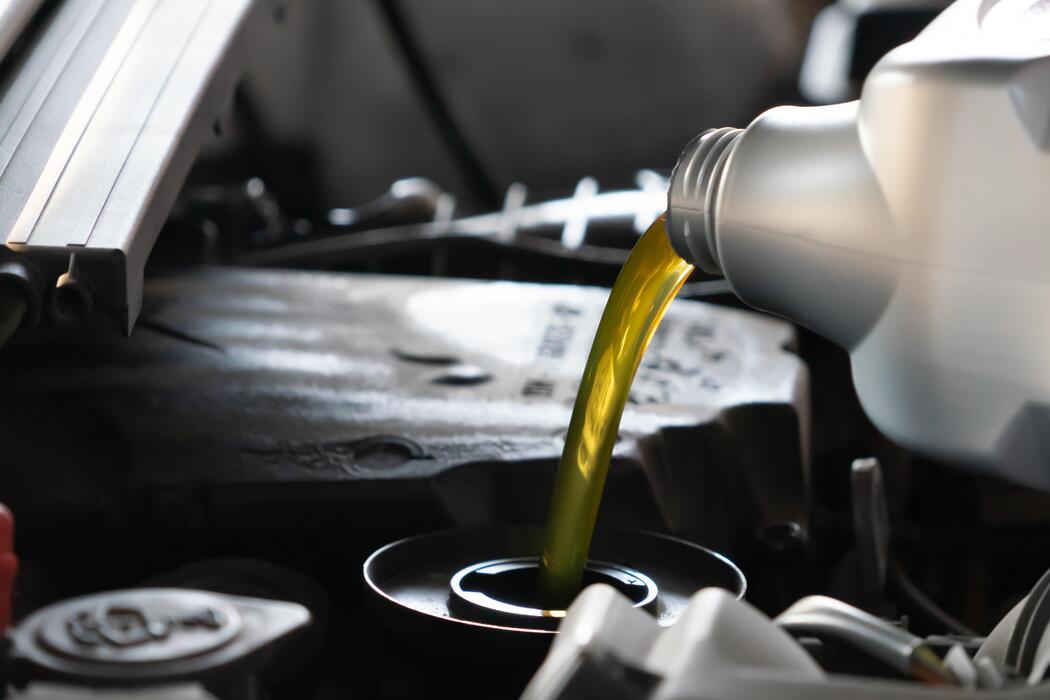
Dynamic When Get Oil Change Background for Desktop
Find inspiration with this unique when get oil change illustration, crafted to provide a fresh look for your background.

Amazing When Get Oil Change Moment for Desktop
Discover an amazing when get oil change background image, ideal for personalizing your devices with vibrant colors and intricate designs.

Beautiful When Get Oil Change Wallpaper in HD
Experience the crisp clarity of this stunning when get oil change image, available in high resolution for all your screens.
Serene When Get Oil Change Capture Nature
Explore this high-quality when get oil change image, perfect for enhancing your desktop or mobile wallpaper.
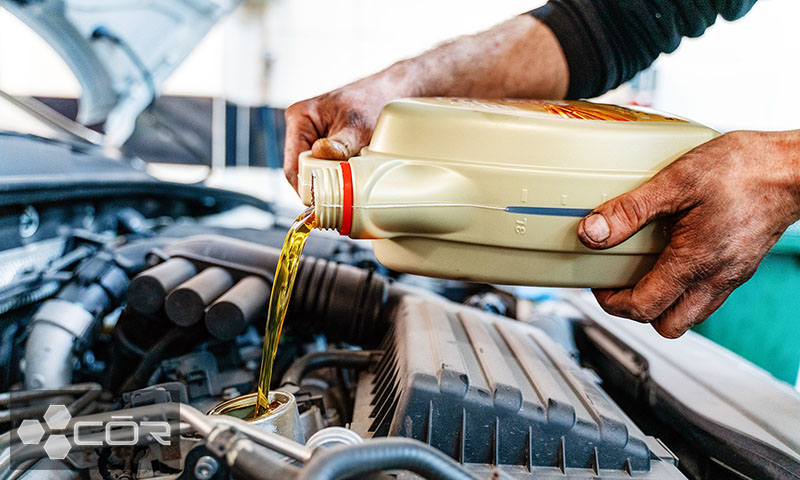
Stunning When Get Oil Change Moment Nature
A captivating when get oil change scene that brings tranquility and beauty to any device.
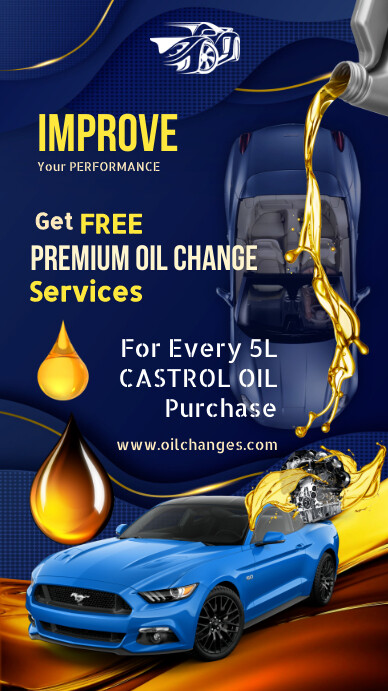
Beautiful When Get Oil Change Image for Your Screen
Transform your screen with this vivid when get oil change artwork, a true masterpiece of digital design.

Amazing When Get Oil Change Photo Digital Art
Experience the crisp clarity of this stunning when get oil change image, available in high resolution for all your screens.

Serene When Get Oil Change Landscape in HD
Discover an amazing when get oil change background image, ideal for personalizing your devices with vibrant colors and intricate designs.

Amazing When Get Oil Change Background for Desktop
Explore this high-quality when get oil change image, perfect for enhancing your desktop or mobile wallpaper.

Serene When Get Oil Change View for Mobile
Experience the crisp clarity of this stunning when get oil change image, available in high resolution for all your screens.

Vivid When Get Oil Change Background in 4K
Explore this high-quality when get oil change image, perfect for enhancing your desktop or mobile wallpaper.

Mesmerizing When Get Oil Change Abstract in 4K
Transform your screen with this vivid when get oil change artwork, a true masterpiece of digital design.

Spectacular When Get Oil Change Capture Collection
This gorgeous when get oil change photo offers a breathtaking view, making it a perfect choice for your next wallpaper.
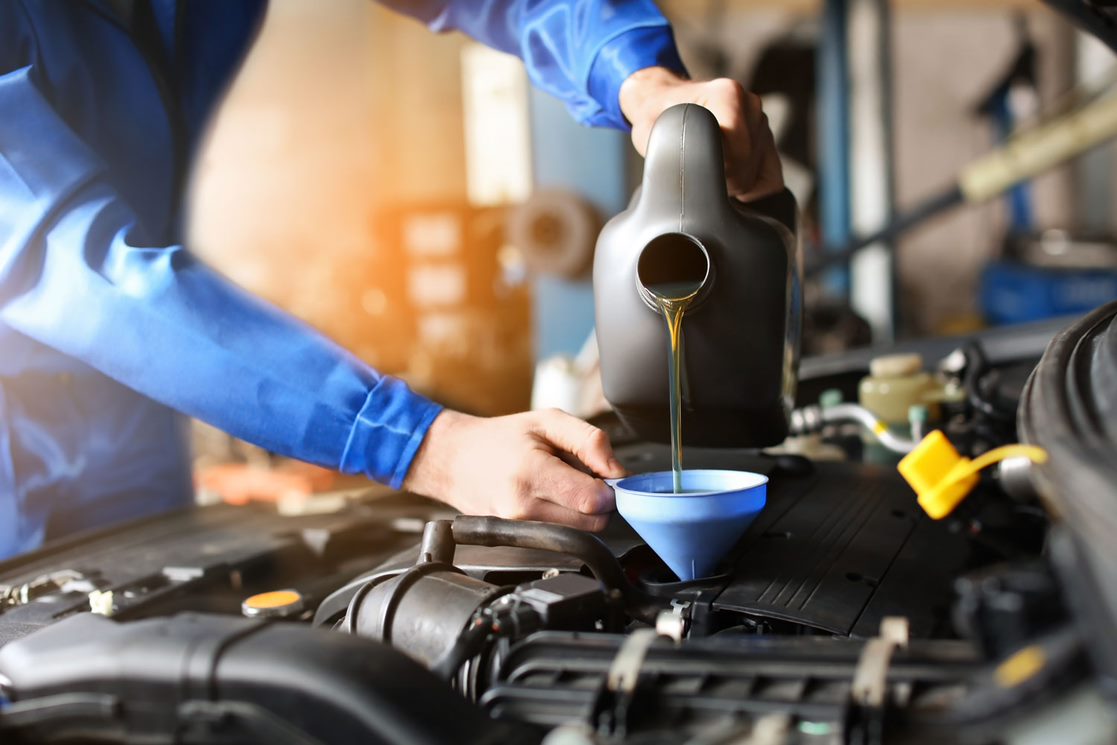
Vibrant When Get Oil Change Moment Nature
Experience the crisp clarity of this stunning when get oil change image, available in high resolution for all your screens.

Spectacular When Get Oil Change Landscape Collection
Find inspiration with this unique when get oil change illustration, crafted to provide a fresh look for your background.

Stunning When Get Oil Change Picture in HD
Immerse yourself in the stunning details of this beautiful when get oil change wallpaper, designed for a captivating visual experience.

Serene When Get Oil Change Abstract in HD
Transform your screen with this vivid when get oil change artwork, a true masterpiece of digital design.

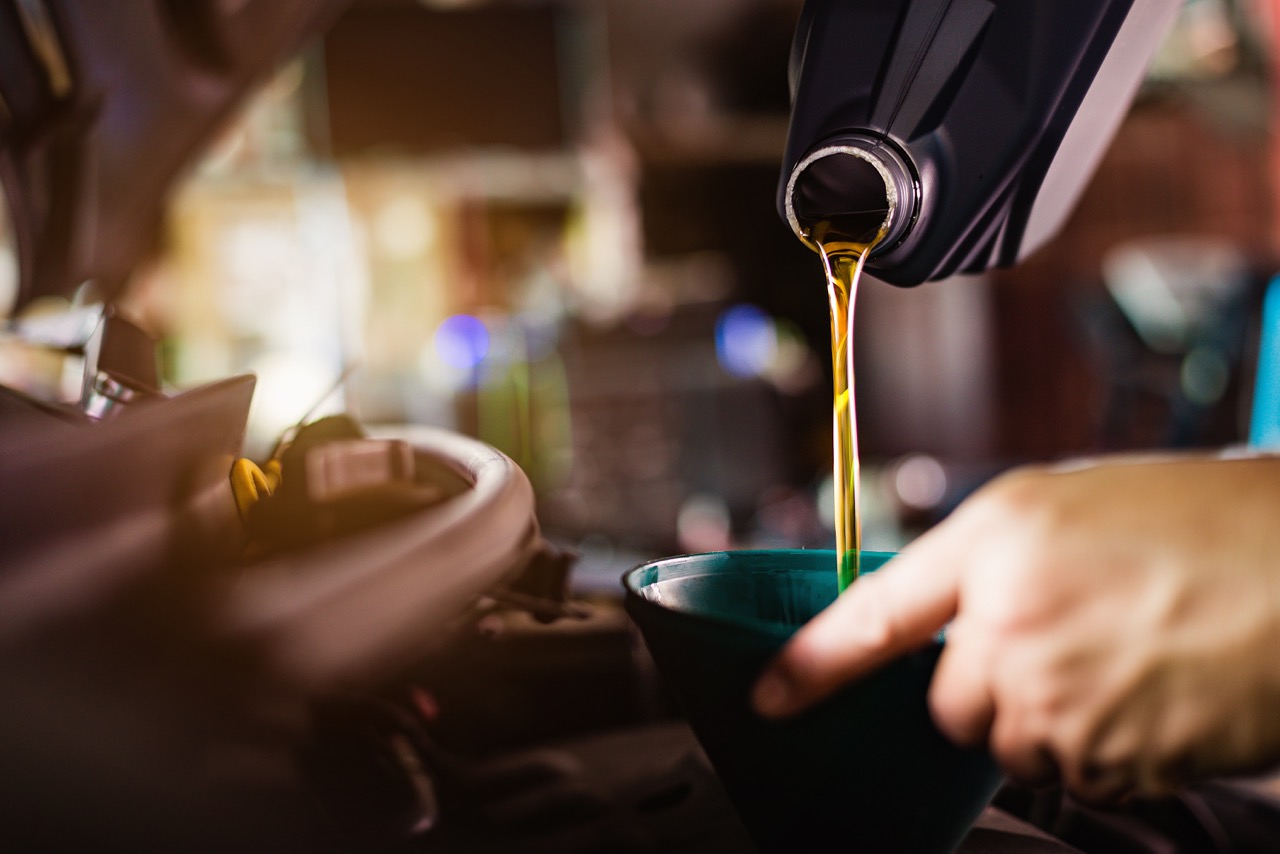
0 Response to "When Get Oil Change"
Post a Comment